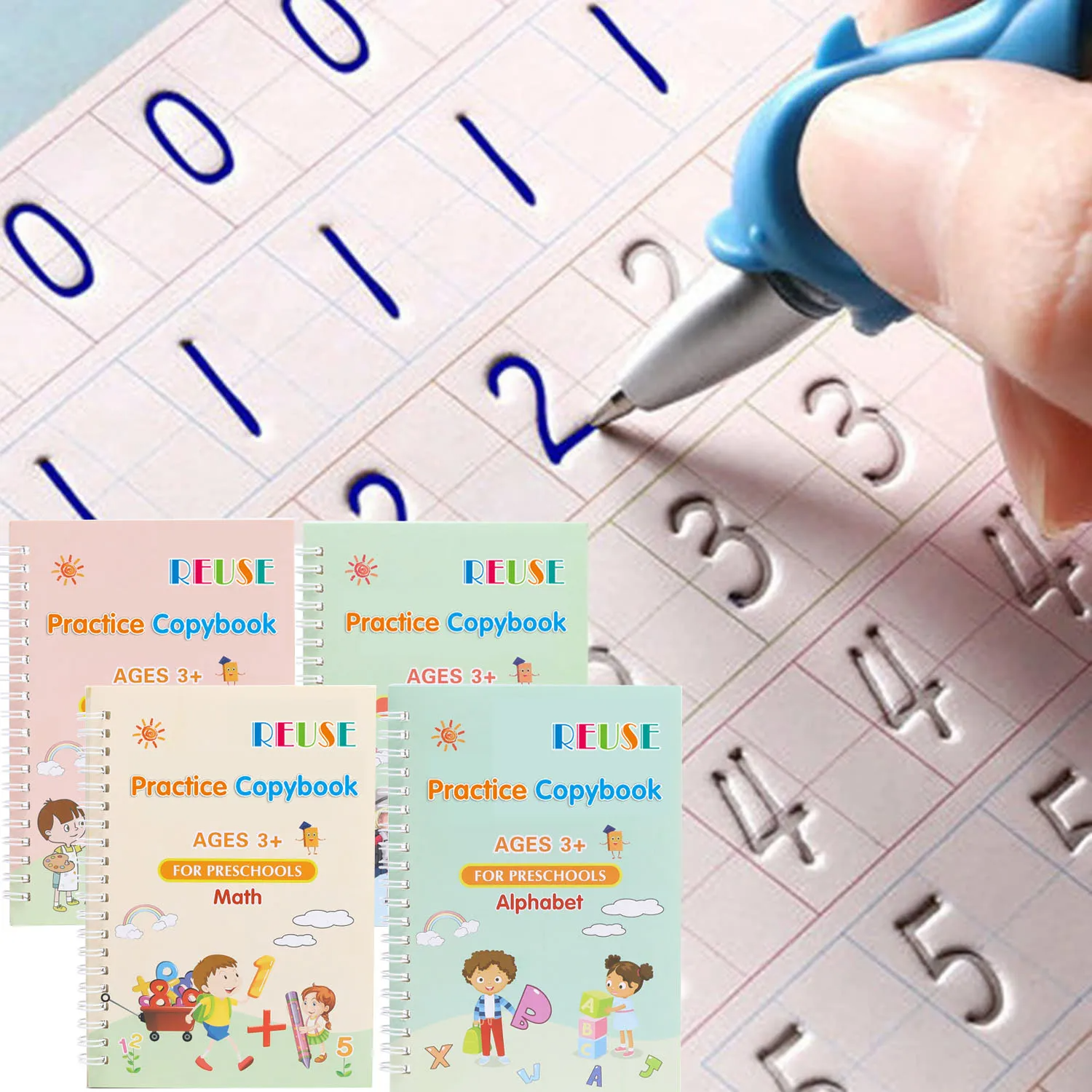Introduction
In the annals of educational history, copybooks hold a significant position as a traditional tool for learning penmanship, grammar, and even moral values. Far from being just a relic of bygone eras, copybooks have evolved over centuries to remain relevant in today’s digital landscape, serving various purposes across different cultures and contexts. This article delves deep into the essence of copybooks, their historical roots, contemporary applications, pedagogical significance, and the role they play in nurturing cognitive development and fine motor skills.
The Historical Journey of Copybooks
The practice of copying text as a means of education dates back to ancient civilizations where scribes meticulously copied sacred texts and legal documents. However, the term ‘copybook’ gained prominence during the Renaissance when it became an integral part of formal education. Students would use copybooks to learn calligraphy, handwriting, and to absorb classical literature and wisdom quotes. By the Victorian era, copybooks were standardized with ruled lines and model sentences or phrases, reflecting societal norms and values. Today, while modern technology has somewhat diminished their prevalence, the core concept remains intact in various forms worldwide.
Educational Applications and Benefits
Copybooks serve as more than just a writing aid; they are vehicles for language acquisition, discipline, and character building. They foster good handwriting habits, which is proven to improve cognitive function and memory retention. Additionally, the repetitive nature of copying exercises can enhance focus and concentration. In foreign language learning, copybooks provide an immersive environment to practice vocabulary, sentence structure, and punctuation. Furthermore, they can be tailored to include quotes, poetry, or scientific formulas, thereby expanding knowledge horizons beyond mere penmanship.
Digital Adaptation and Innovation
As the world embraces digitalization, copybooks have not been left behind. E-copybooks, typing tutors, and online writing programs now simulate the same learning experience. These tools often incorporate interactive elements, real-time feedback, and gamification to make the process engaging and effective. Digital copybooks allow for greater customization, immediate correction, and progress tracking. Moreover, they offer a sustainable alternative, reducing paper waste without compromising on the benefits inherent to traditional copybooks.
Cultural Significance and Global Reflections of Copybooks
Copybooks have long transcended their practical role as educational tools, embodying rich cultural and societal narratives across the globe. They serve as mirrors reflecting local traditions, artistic expressions, and ethical teachings intrinsic to each community.
In East Asia, for instance, the art of calligraphy holds profound cultural significance. In China and Japan, students utilize specialized copybooks called “shu fa ti” and “shodo,” respectively, to master the intricacies of Chinese characters and Japanese kanji. Through meticulous copying, learners not only develop precise hand movements but also cultivate an appreciation for aesthetics, discipline, and philosophical depth rooted in Confucian and Zen Buddhist principles.
Similarly, in India, young students hone their handwriting using copybooks filled with Devanagari or other regional scripts, reinforcing national identity and pride through the written word. The content often includes inspiring quotes from revered leaders and poets, instilling moral and spiritual values.
Islamic education reveres the act of copying religious texts as a form of devotion and reverence. Quranic copybooks are used extensively to teach the correct formation of Arabic letters and script, allowing students to engage deeply with the Holy Quran and preserve its sanctity through accurate transcription.
In Western education, copybooks have historically contained aphorisms, prayers, and proverbs, shaping moral sensibilities and civic virtues. They have evolved to embrace diversity, with content now including quotes from diverse thinkers and authors, promoting inclusivity and global awareness.
In Africa, some communities still rely on copybooks to preserve indigenous languages and oral histories, transferring knowledge from one generation to another in written form.
Conclusion: A Timeless Tool in a Rapidly Changing World
Despite the advent of advanced technologies, the humble copybook continues to demonstrate resilience and adaptability. Its enduring appeal lies in its simplicity and effectiveness in teaching essential skills that transcend time and place. Whether in physical form or digitized version, copybooks stand as a testament to human ingenuity and our enduring need for structured learning and self-improvement. As we continue to navigate the complexities of modern education, the timeless principles embodied by copybooks remind us of the importance of foundational skills and the value of patience, perseverance, and attention to detail – qualities that remain as critical today as ever before.

